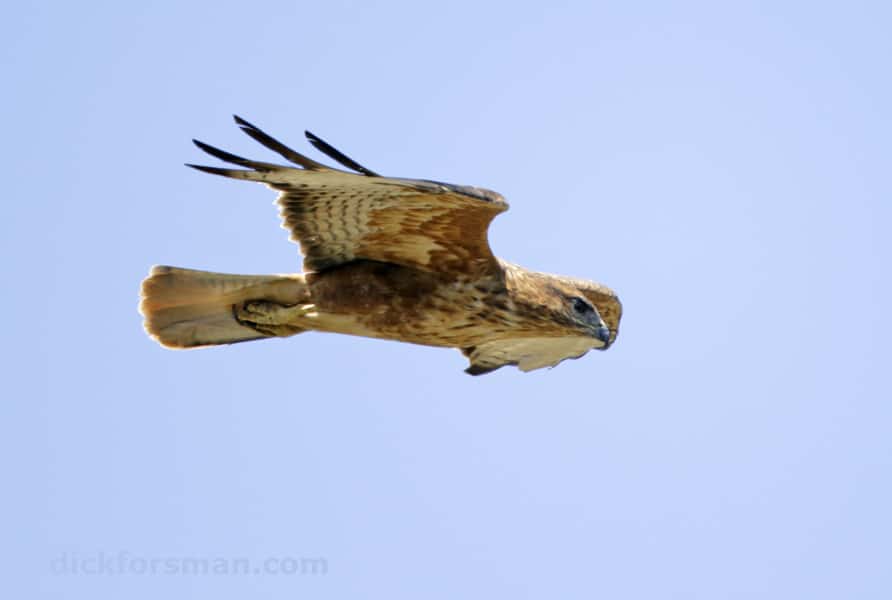We find this bird and relocated it three days later in the same area, when the photos were taken (against a backlite than prevented better detail). Shows an orange tail without terminal dark band (except for a hint in the two outer rectrices), somehow scalloped patterned coverts. Tarsi appear strong, however wing just reaches tail tip but do not extend past it (as explained in Birding World 26 (4): 147-173). Both times the bird didn't fly overhead, preventing any view of the underwing.
Could it be an Atlas Long-Legged Buzzard, as I suspect, or is just another individual within the variation of Buteo buteo?
Thanks
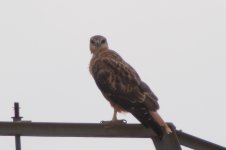
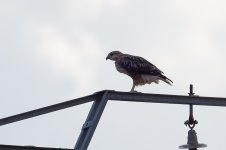
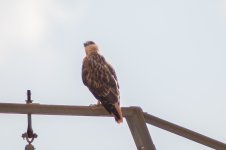
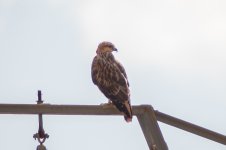
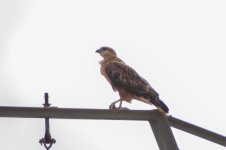
Could it be an Atlas Long-Legged Buzzard, as I suspect, or is just another individual within the variation of Buteo buteo?
Thanks










